Social structure and behaviour of the Manta ray (Manta birostris) in the Republic of the Maldives
2008
Gareth MacGlennon (MSc Ecology - Bangor University)
Keywords: Manta birostris • Group Living • Social Network Theory • Social Structure
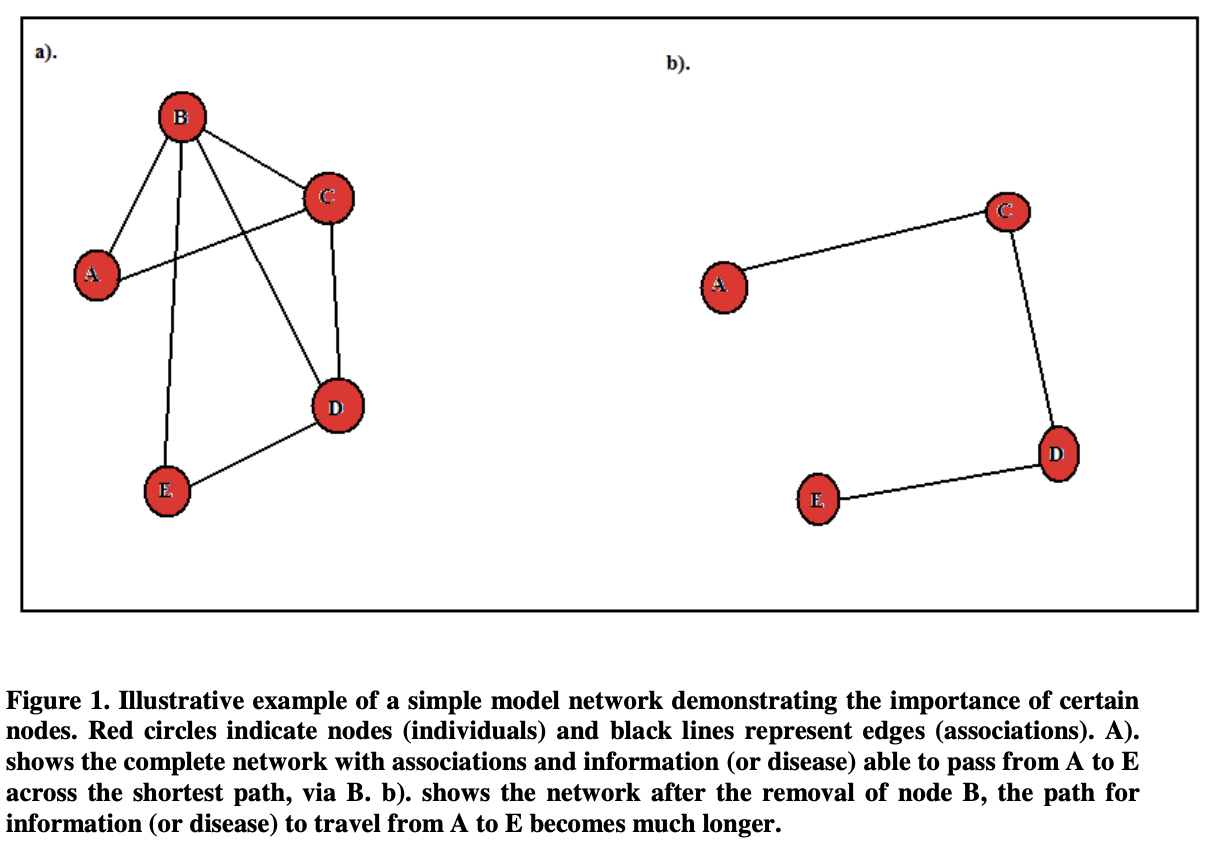
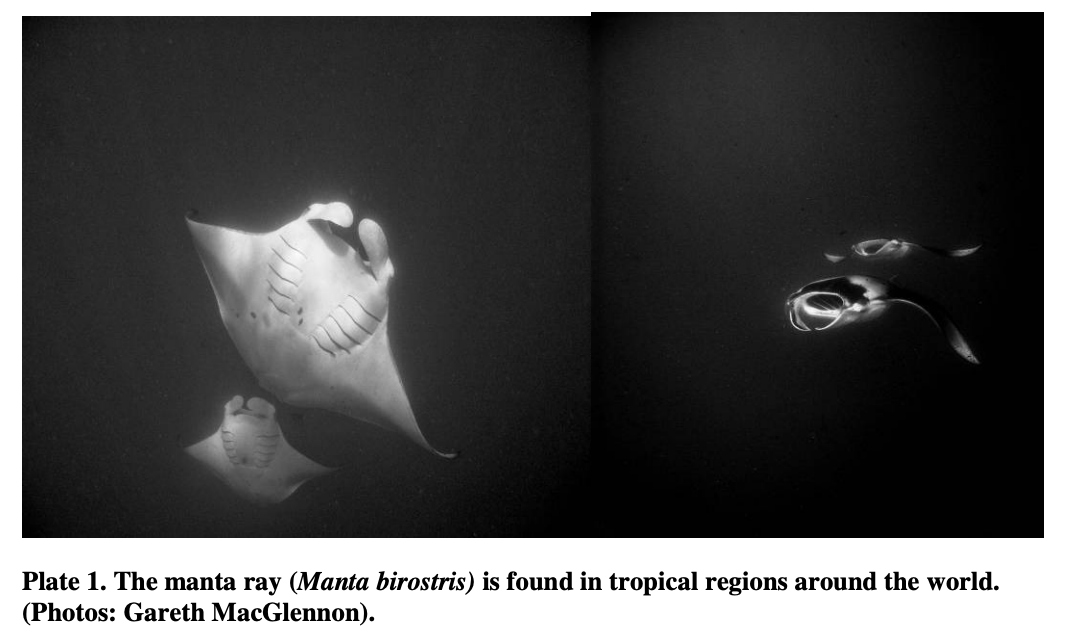
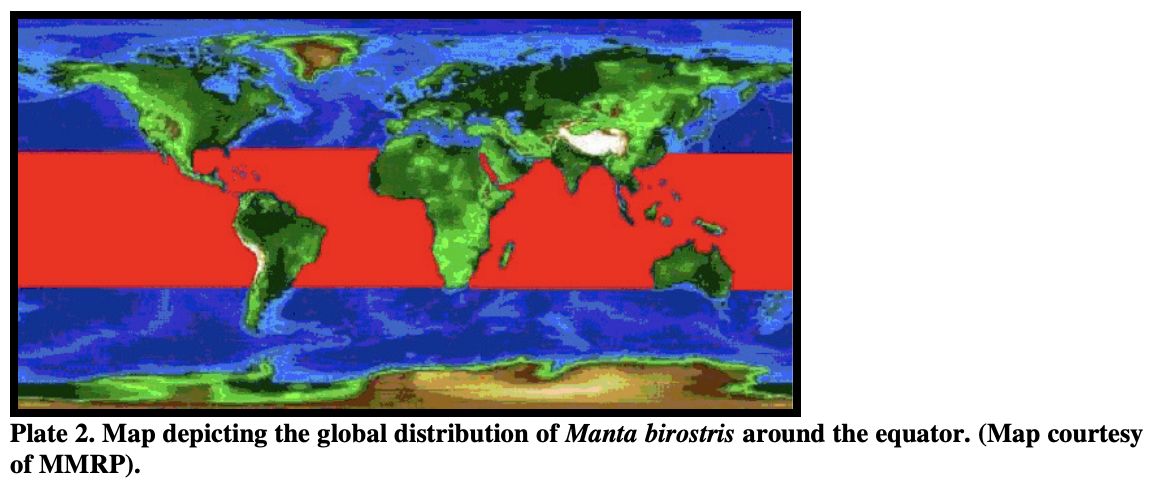
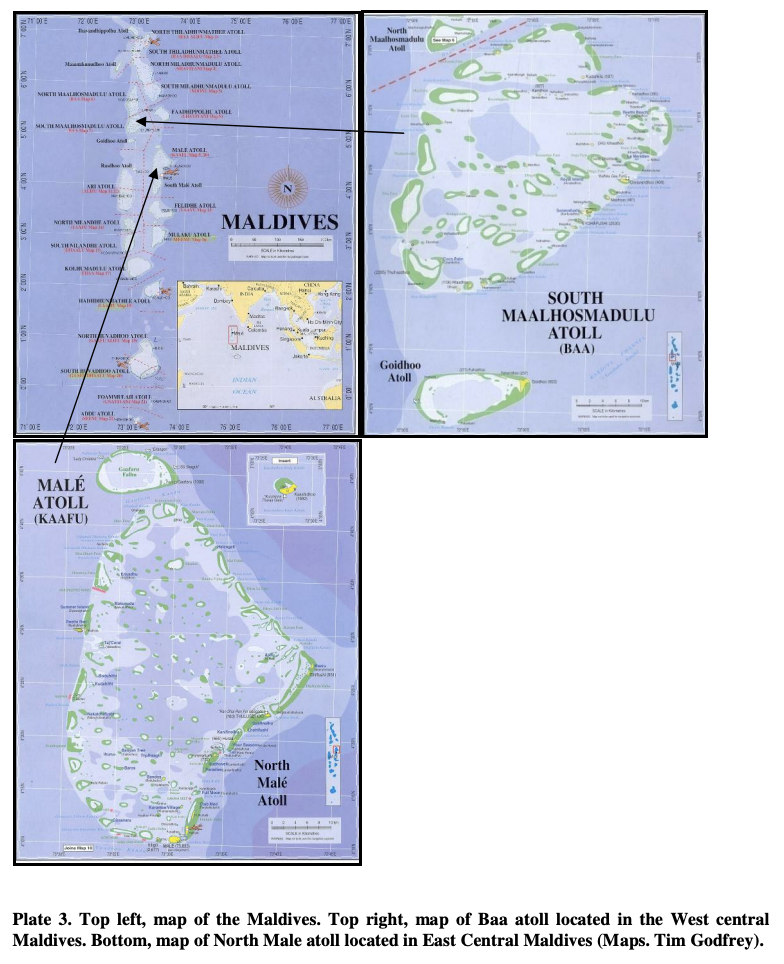
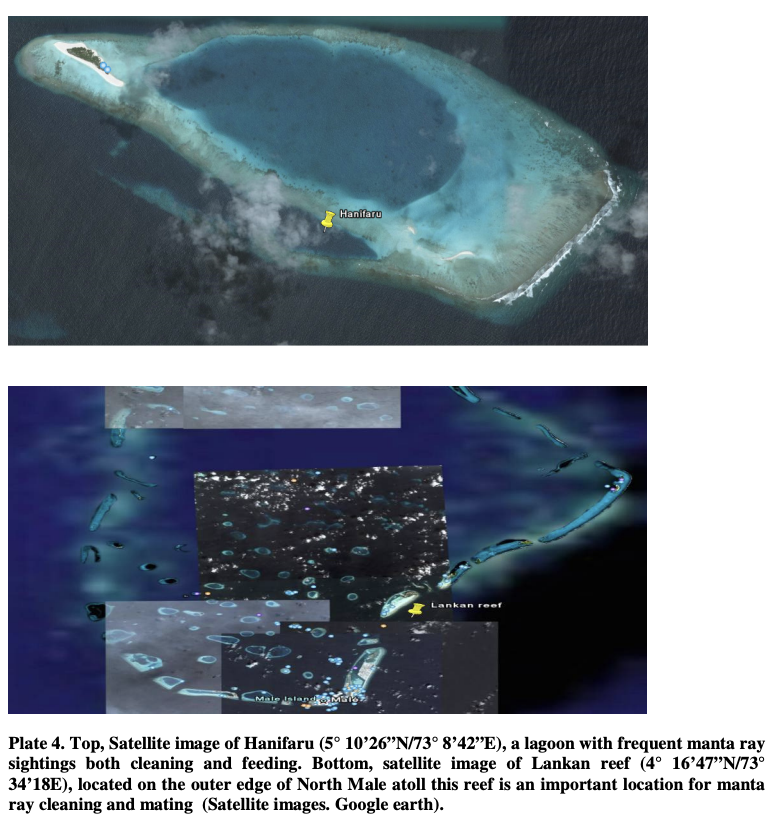
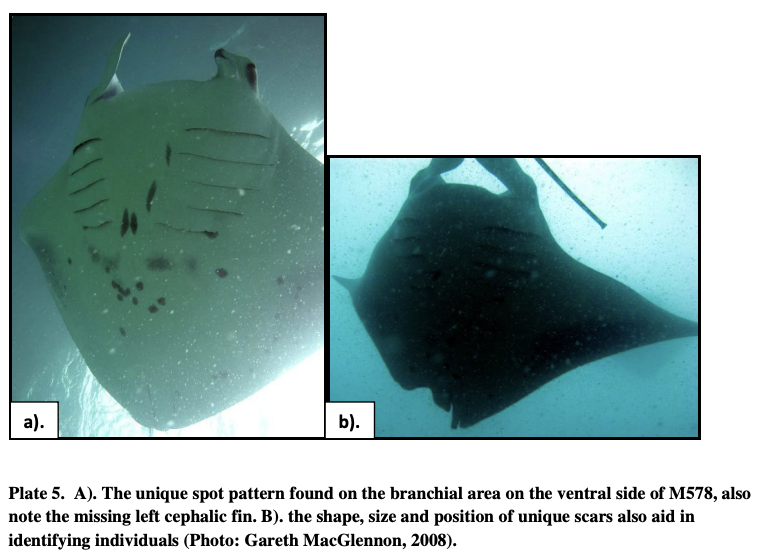
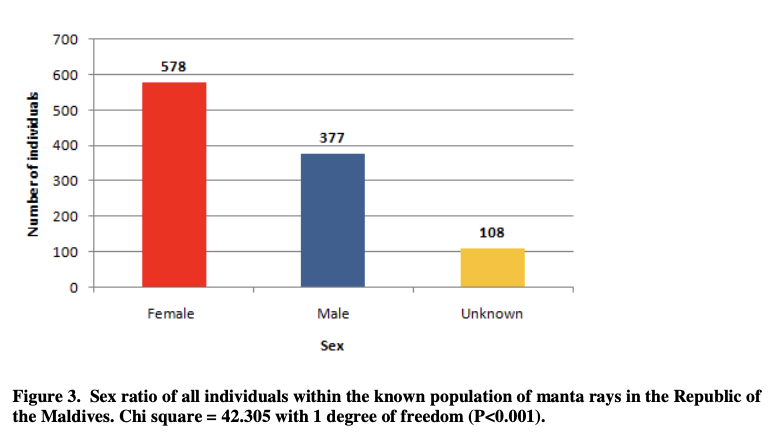

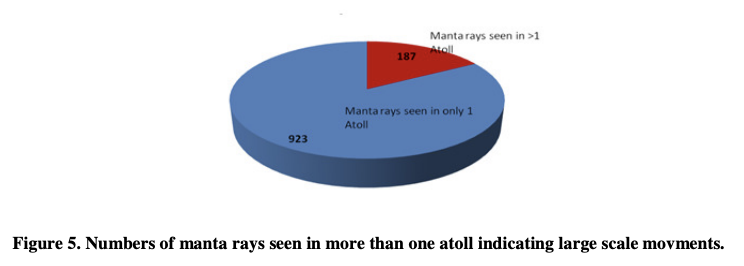
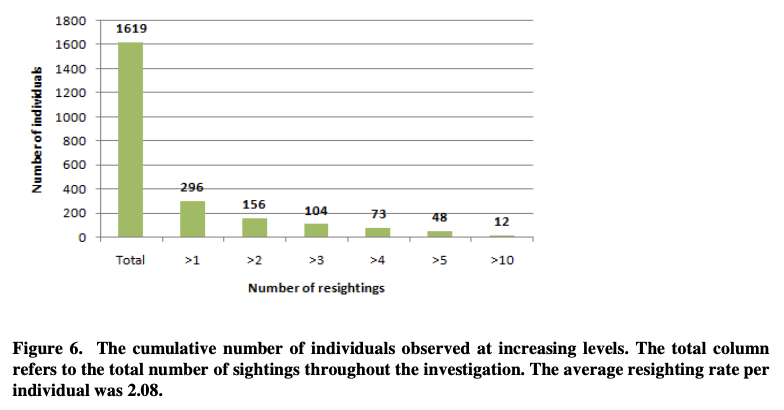
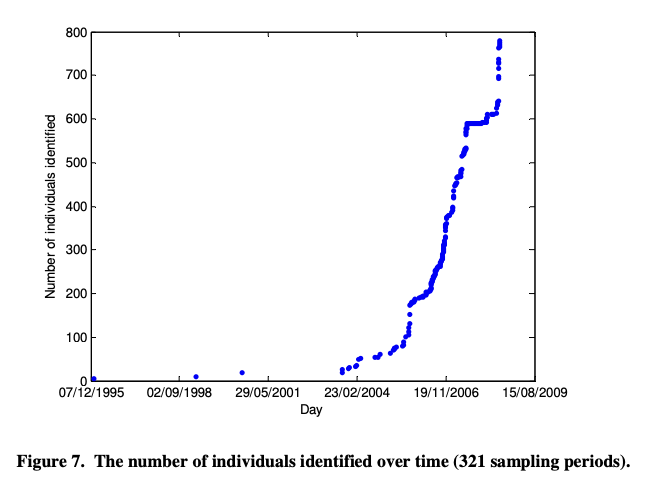
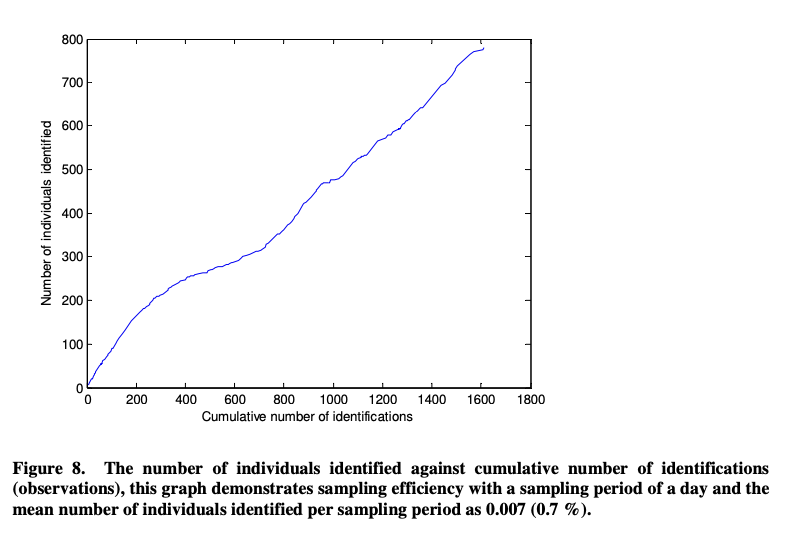
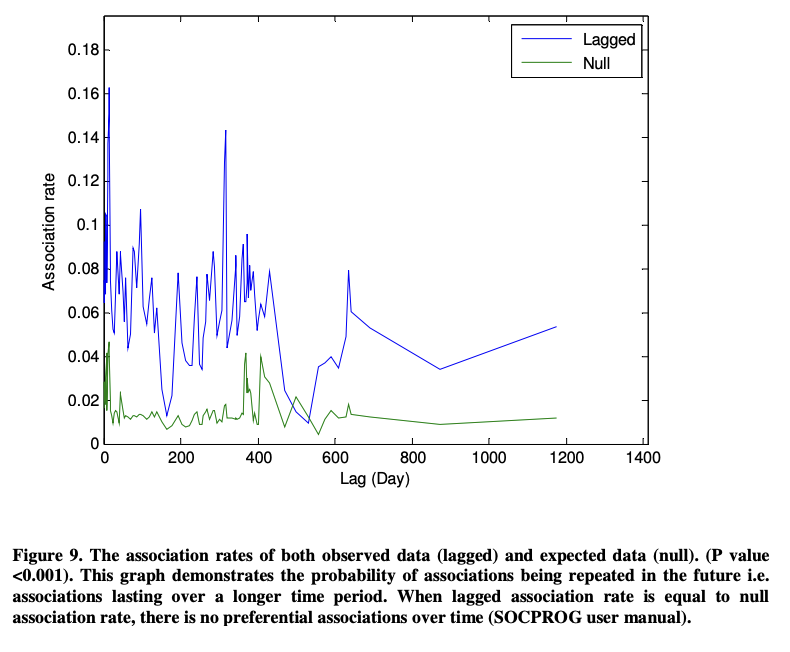
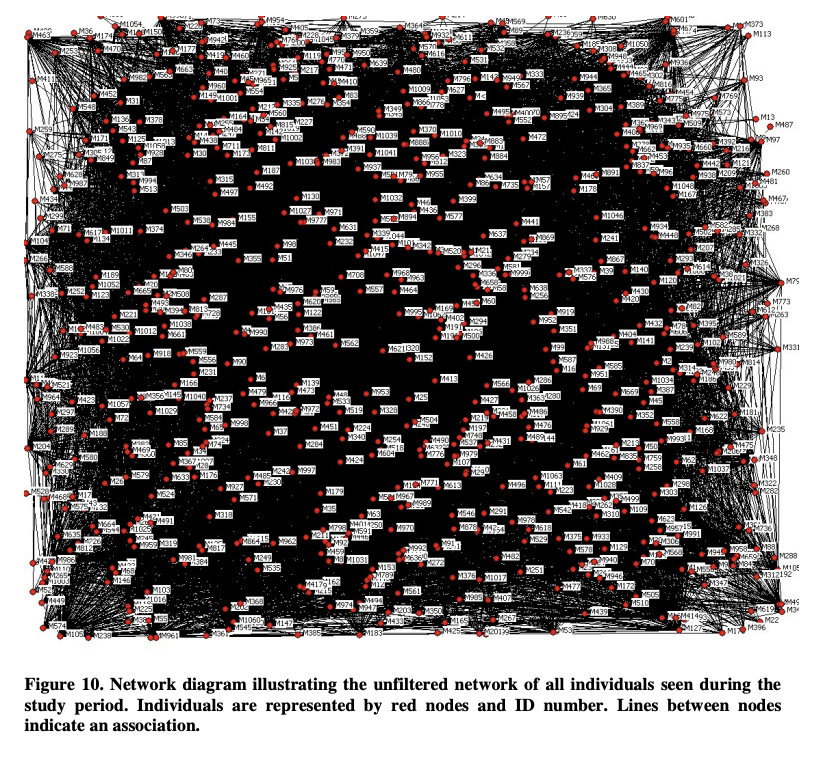
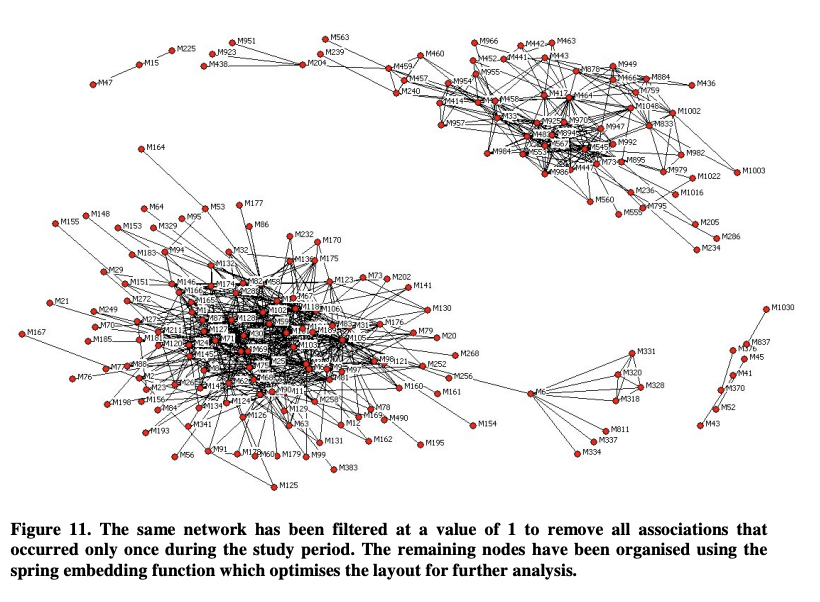
Summary: This study in the Maldives confirms the presence of a social structure among manta rays. It uses a social network approach to analyse associations among individuals within a population of Manta birostris over several years. The research reveals significant associations among the population, with adult females playing a central role in connecting networks during activities like cleaning, courtship, and travel. However, no significant associations were found during feeding, which is similar to other elasmobranchs during feeding frenzies. This social structure is a relatively new finding in manta rays and has mainly been documented in species with high cognitive abilities.
Abstract
“The present study confirms the presence of social structure within a population of manta rays found in the Republic of the Maldives. Many different species can be found occurring in groups and all are required, for at least some part of their lives, to meet conspecfics in order to mate. Associations were analysed between individuals within a population of Manta rays (Manta birostris) found in the Republic of the Maldives using a social network approach; with groups of individuals reflecting stable social communities. Social structure was explored at three levels: For all individuals within the population found in the Maldives over a period of many years (1996-2008), comparisons between years, and comparisons between observed behaviours at the time of observation. It was found that significant associations (and avoidances) occur within the population, with adult females being responsible for connecting the networks together; however this is restricted to behaviours other than feeding such as during cleaning, courtship and travelling behaviour. No significant result was obtained for individuals observed feeding together, with these groups reflecting simple aggregations in areas of high plankton concentrations; a finding similar to many other elasmobranches as they partake in so called feeding ‘frenzies’. True social structure, where individuals repeatedly associate with others over significant time periods has only been documented in a selection of species. Usually in vertebrates possessing high cognitive abilities, this behaviour has only recently started to be investigated in elasmobranches, and has not previously been described in any population of manta rays.”
Author Affiliations
Bangor University
The Manta Trust
